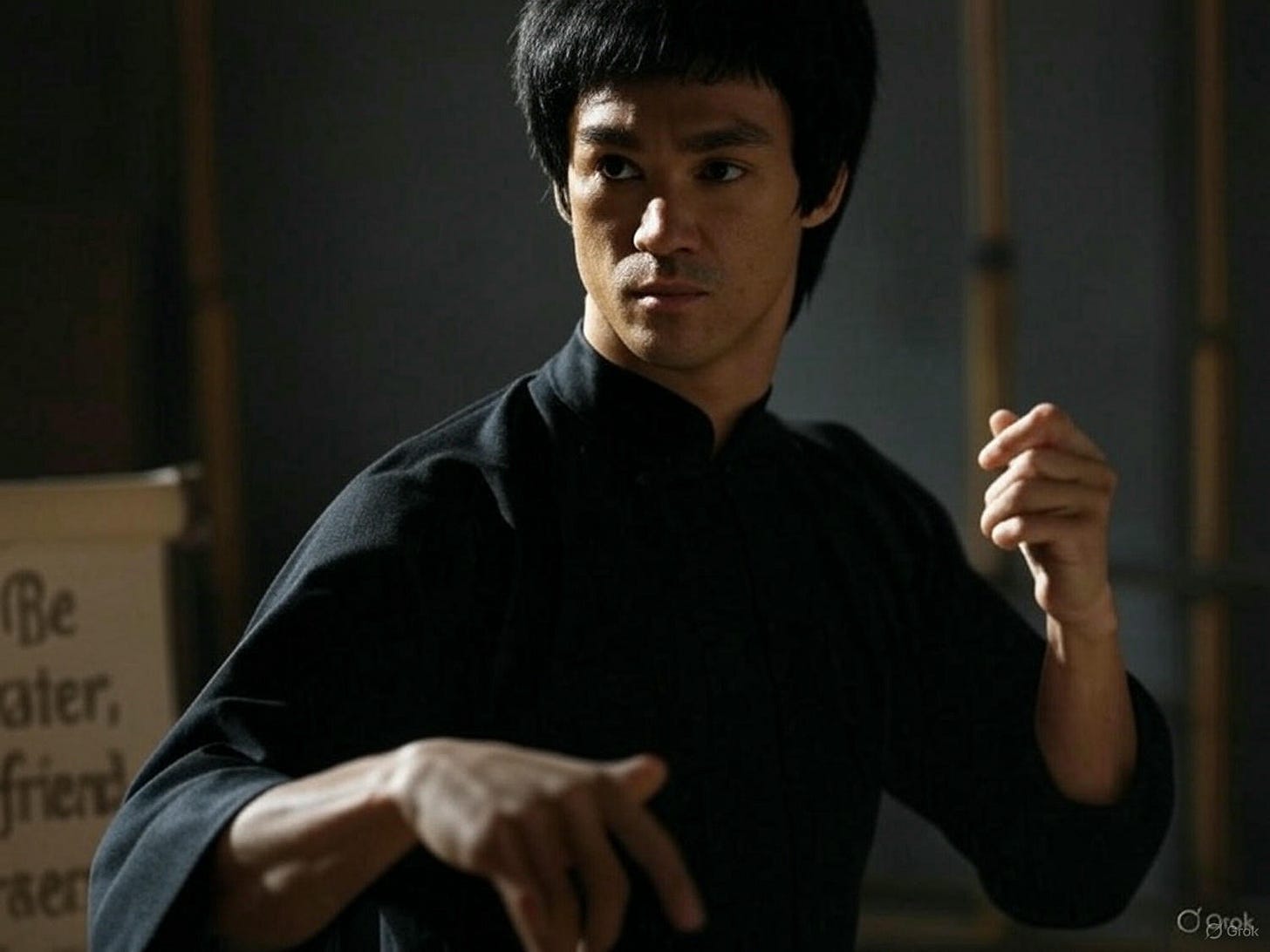No ‘what ifs’... Start always where you are…
That’s how I ended my previous piece on value being, ultimately, about risk. It was a little way to try to encourage that I don’t imply at all that, what I described as a kind of summary of “my philosophy” when it comes to managing work, is to be somehow idealized. Such as that all of a sudden everything is wrong if it feels like in your context things don’t quite cater to that kind of thinking.
For instance, maybe you work in a context that tends to value too much starting work. Then you can shout from the mountain's top as much as you want, and it still won’t be easy to nurture that focus on flow.
Or it’s too hard to think of planning with an investment lens because there’s overall a push for fitting as much as possible in a given planning period window. After all, that’s what stakeholders expect – obviously, they may be also the first ones to complain if you commit to stuff that you end up not quite finishing in the end.
You know the drill… reality is messy! But the least productive thing we can do is not to accept it for what it is, wondering about the ‘what ifs’ of how we’d like to be instead. The most productive we can do is to ‘be like water’ and figure out ways around the rocks that might be in our way.
The ‘start where you are’ is that pragmatic path. Perhaps some examples of how to potentially take the first steps towards a better direction can come in handy. Since the focus on flow is something I’ve written about plenty already (here’s just one sort of synthesized example) allow me to focus on the second point I mentioned last time:
I will look at planning with an investment lens, which also implies taking into consideration the different risk profiles (and contrasting that with our current appetite, in the temporal context) of options under prioritization.
Here’s a (hopefully) simple enough idea that may not be that difficult to get stakeholders to understand the concept of planning with an investment lens. It could even be potentially helpful for the other point I mentioned last time – the one on focusing on flow and learning faster whether we were wrong.
What about embracing the concept of reducing the risk of putting too much of a bet in one go, and instead rather pace it over time?
This is how it could practically work. Let’s take the scenario where you are supposed to make some sort of quarterly plan, stating what you have in scope, be in terms of goals or concrete deliverables, which are treated as a commitment.
But now that you better understand the probabilistic nature you are up against, you can think of a rather non-disruptive way to try to embrace that. Maybe the first iteration of it is as easy as proposing to “bucket” the commitments in three instead of the typical two (in / out of scope):
Now: what we will work on first. Here also implies that those are the things you somehow (hopefully with some data-driven approach) feel pretty confident about being doable in the period.
Next: an additional set of work that you will only pull in as you get some of the ones in “now” done. Here also implies those are things you think are fairly realistic to be accomplished in the period, but only if things don’t go too much against our odds along the way.
Later: work deliberately out of scope for the period.
See what I mean there? It’s a first step in a potentially much longer journey towards more of a continuous planning approach. Where that “now - next - later” planning pattern is often used… But you just gently embed it to the current way of working, as a soft transition. And because of that, it might be in the realm of your influence.
Chances are that stakeholders will even like that you are being more intentional about indicating where you see risks. Even better than that, you carve out both a way to communicate that as well as what are the rules of engagement to still be able to accomplish more than what is first in the “now” category. And should you follow that in a disciplined fashion, chances are too, that you may see faster flow going on (since chances are that you will be working on fewer things in parallel by pacing it with the “now - next” pattern).
This kind of evolutionary approach towards change to a better direction can go a long way while not being too disruptive to the existing ways. And for the most part, most of what you are doing is tapping into your agency to figure out a better path. Or as in the famous words by Bruce Lee – “Be water, my friend”…
Note: Help me get better at this! Please provide a quick feedback via this survey.
By Rodrigo Sperb, feel free to connect, I'm happy to engage and interact. I’m passionate about leading to achieve better outcomes with better ways of working. Can I help you?




